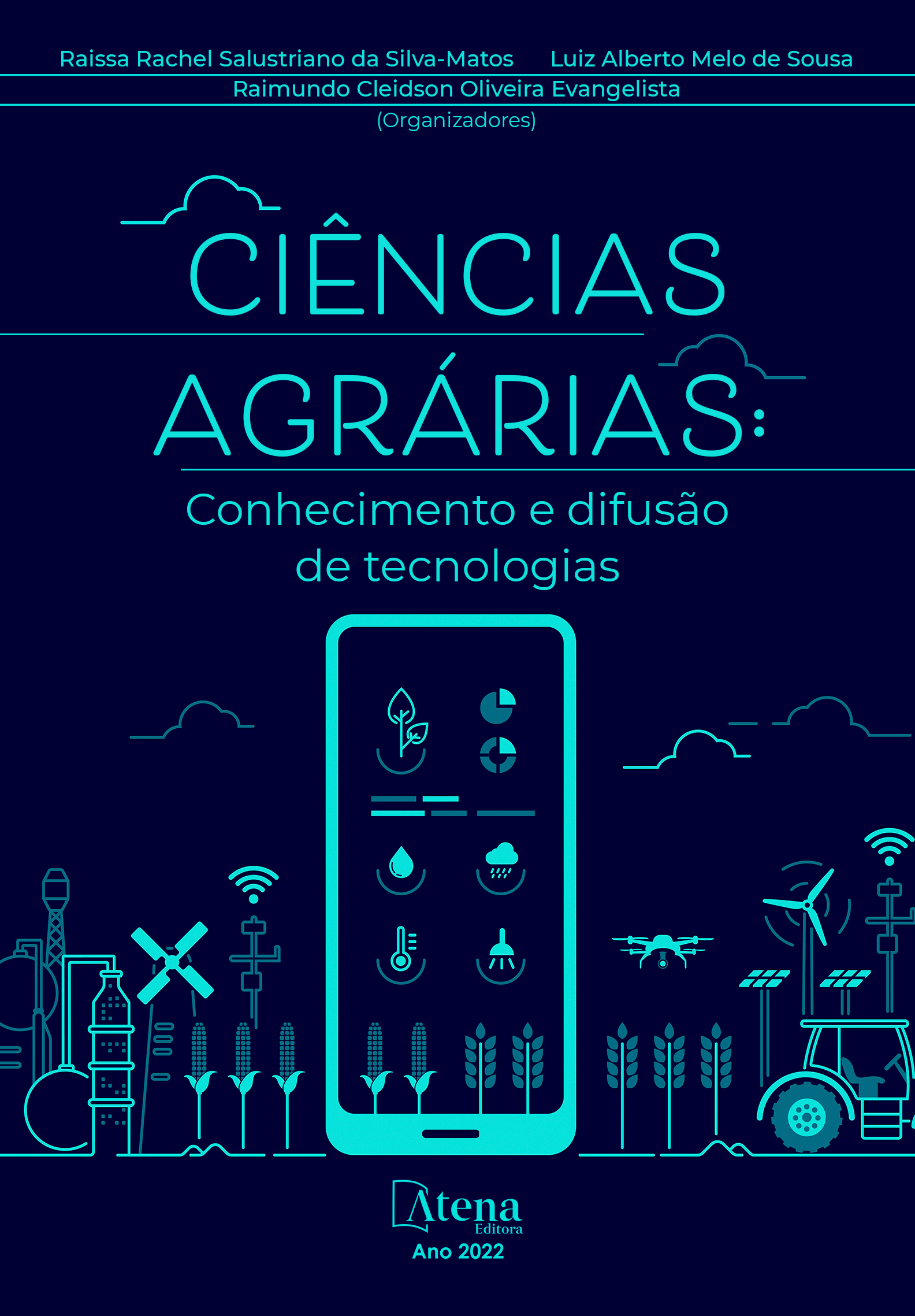
QUANTIDADE, ORIGEM E DESTINO DA COMERCIALIZAÇÃO DE FRUTOS DE AÇAI (Euterpe oleraceae Mart.)
O açaizeiro (Euterpe oleraceae Mart.) é uma frutífera pertencente à família Arecaceae muito disseminada e cultivada na Amazônia brasileira e possui grande importância para a região, principalmente para o Estado do Pará que atualmente é o maior produtor e consumidor de açaí. A cadeia produtiva do açaí vem expandindo gradativamente e, com isso, diversos mecanismos da gestão desta cadeia vêm sendo implantadas, a exemplo da rastreabilidade, os quais são instrumentos que visam a garantia da origem e chegada do produto ao consumidor, permitindo inserir informações geográficas, localização e tempo de deslocamento. Mediante a isso, a Agência de Defesa Agropecuária do Pará (ADEPARÁ) implementou a rastreabilidade do açaí mediante a Guia de Trânsito Vegetal (GTV), através da Portaria nº 2.789/2020. Esse trabalho teve como objetivo analisar a comercialização de frutos de açaí através da Guia de Trânsito Vegetal, contribuindo para a rastreabilidade do fruto no Estado do Pará. Foram coletados dados da GTV, obtidos na base de dados do Sistema de Integração Agropecuária (SIAPEC 3), provenientes da ADEPARÁ referentes aos anos de 2020 e 2021. Quanto à quantidade comercializada de açaí, houve o aumento de 97% de 2020 a 2021. Isto ocorreu devido a regularização, dentro da legislação, dos produtores perante a alta comercialização do fruto. Quanto à origem de frutos comercializados, observa-se que Cametá destacou-se entre os municípios com os maiores números de comercialização, sendo responsável por mais de 50% dentro deste mercado. Em relação ao destino, Castanhal responde pela aquisição de mais de 90.000 toneladas, ou seja, cerca de 50% do destino de todo o Estado. A rastreabilidade busca maior controle e administração da produção, além do controle da qualidade e segurança alimentar. Isso resulta em agregação de valor à cadeia produtiva do açaí, valorizando as regiões fornecedoras e constituindo um produto final de qualidade até o consumidor.
QUANTIDADE, ORIGEM E DESTINO DA COMERCIALIZAÇÃO DE FRUTOS DE AÇAI (Euterpe oleraceae Mart.)
-
DOI: 10.22533/at.ed.62922100216
-
Palavras-chave: Euterpe oleraceae, Amazônia, Rastreabilidade, Guia de Trânsito Vegetal, Comercialização.
-
Keywords: Euterpe oleraceae, Amazon, Traceability, Plant Transit Guide, Marketing.
-
Abstract:
The açaí tree (Euterpe oleraceae Mart.) It is a fruit that belongs to the Arecaceae family, widely spread and cultivated in the Brazilian Amazon and has great importance for the region, especially for the State of Pará, which is currently the largest producer and consumer of açaí. The açaí production chain has been gradually expanding and, with that, several mechanisms of the chain of this chain are being implemented, an example of traceability, which are instruments that aim to guarantee the origin and arrival of the product to the consumer, allowing the insertion of geographic information, location and travel time. Through this, the Agricultural Defense Agency of Pará (ADEPARÁ) implemented the traceability of açaí through the Vegetal Transit Guide (GTV), through Ordinance no. 2789 / 2020. This work aimed to analyze the marketing of açaí fruits through of the Vegetal Transit Guide, contributing to the traceability of the fruit in the State of Pará. Data from GTV were collected, obtained from the database of the Agricultural Integration System (SIAPEC 3), from ADEPARÁ for the years 2020 and 2021. There was a 97% increase in the quantity of açaí sold from 2020 to 2021. This is due to the regularization, within the legislation, of producers in the face of high commercialization of the fruit. As for the origin of commercialized fruits, it is observed that Cametá stood out among the municipalities with the highest numbers of commercialization, being responsible for more than 50% within this market. In terms of destination, Castanhal is responsible for the acquisition of more than 90,000 tons, that is, around 50% of the destination for the entire state. Traceability seeks greater control and management of production, in addition to quality control and food safety. This results in adding value to the açaí production chain, valuing the supplier regions and constituting a quality final product for the consumer.
-
Número de páginas: 13
- Tinayra Teyller Alves Costa
- Alef Ferreira Martins
- Harleson Sidney Almeida Monteiro
- Sinara de Nazaré Santana Brito
- Tainara Monteiro Nunes
- Jaqueline Lima da Silva
- Rafael Antônio Haber
- Wilson Emílio Saraiva da Silva
- Gleicilene Brasil de Almeida
- Antônia Benedita da Silva Bronze
- Gabriela Ribeiro Lima
- Layse barreto de Almeida


